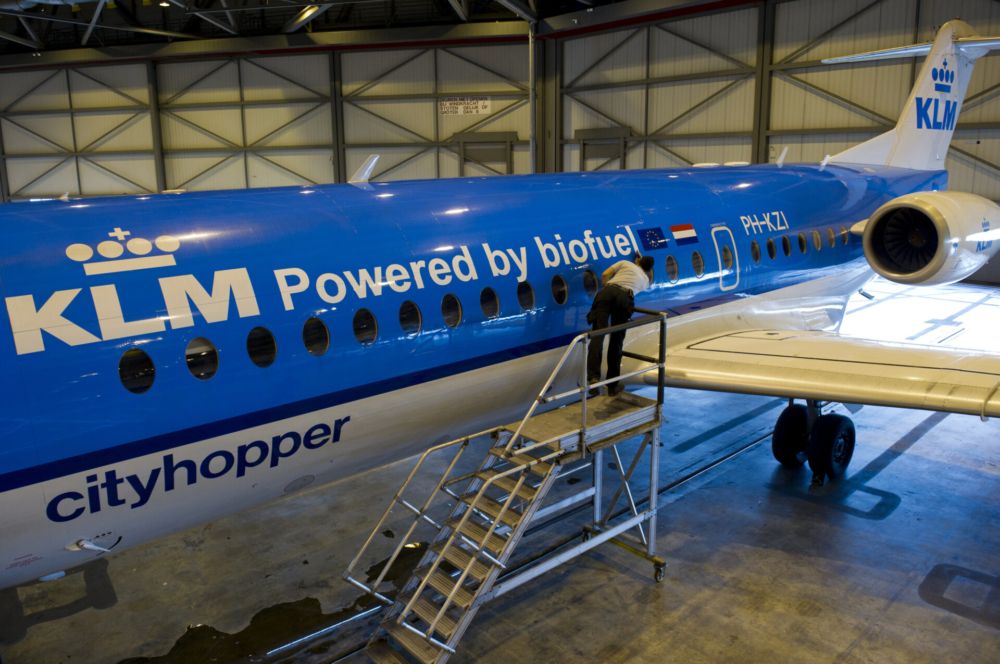The French 'ban' on domestic flights where rail connections can be made in under two and a half hours is set to come into effect next month. Other countries in Europe are talking about similar strategies to reduce CO2 emissions from domestic air travel. But how much carbon emissions reduction will these measures actually contribute to? A new study released on Monday suggests the beneficial effects could be highly limited, potentially short-lived, and even counterproductive.
Industry advocacy organizations join forces with consultancy firm
The report, dubbed 'Short-haul flying and sustainable connectivity', was commissioned by Airports Council International (ACI), the European Regions Airline Association (ERA), and the Civil Air Navigation Services Organisation (CANSO). These actors may not be entirely unbiased when it comes to limiting air travel. Still, the study was carried out by an economics and finance consultancy firm called Oxera, with eight offices around Europe.
Complicated model of impact calculation
The study suggests that the picture is far more complex than simply switching from one mode of transport to the other. First and foremost - a direct comparison of current emissions obviously indicates a lower CO2 emissions profile per passenger-kilometer for rail. However, multiple factors need to be considered when determining future impact, the study's authors state.
Perhaps one of the most important things to take into account is that it is short-haul aviation that will serve as the entry point for new carbon-free technologies. Electric, hydrogen-electric, and hydrogen aircraft are all projected to enter the shorter, regional segments of air travel first.
Meanwhile, flights under 500 km (for instance, Paris to Lyon or Amsterdam to Frankfurt) represent only between 1% and 2% of EU greenhouse gas emissions from aviation. As such, even if they are replaced, the impact will be fairly insubstantial. Especially when considering that not all such routes will cease to exist, in the name of safeguarding the competitiveness of national airlines.
Furthermore, the presentation of the study results suggests that despite ongoing investments into rail infrastructure, aviation decarbonization will be well underway by the time said infrastructure is deployed, reducing the emissions gap between air travel and rail.
It's about 'and', not 'or'
There is also no guarantee that passengers will go for the rail option, potentially traveling by car instead, thus increasing overall emissions. The study's sponsors - ACI, ERA, and CANSO, joined forces to call for what they said was,
"...greater balance and factual accuracy in the debate around the intermodality of sustainable transport. All transport modes have their role to play; it’s not about aviation or rail, but aviation and rail."
Meanwhile, they also highlighted the importance of European regional airports and their role as 'essential tools to reduce territorial and social inequality', and aviation's contribution to employment and GDP of the EU. As such, they are calling on policymakers to take all environmental, social, and economic factors into account when deploying strategies for the decarbonization of air travel within the bloc.
Do you think limiting short-haul air traffic is the way to go to limit emissions? Why, why not? Leave a comment below and join the conversation.



